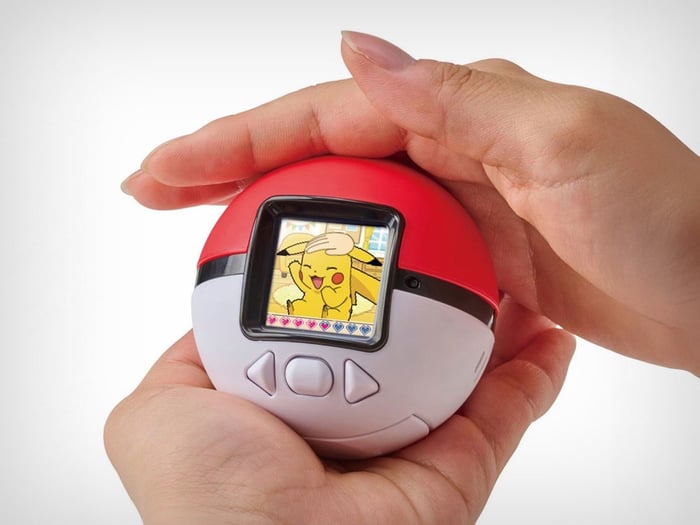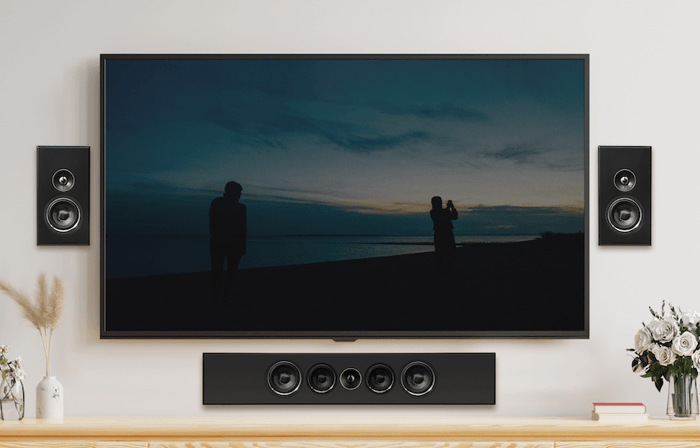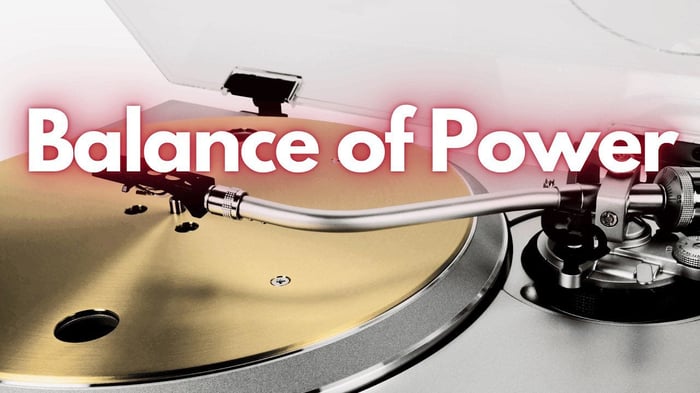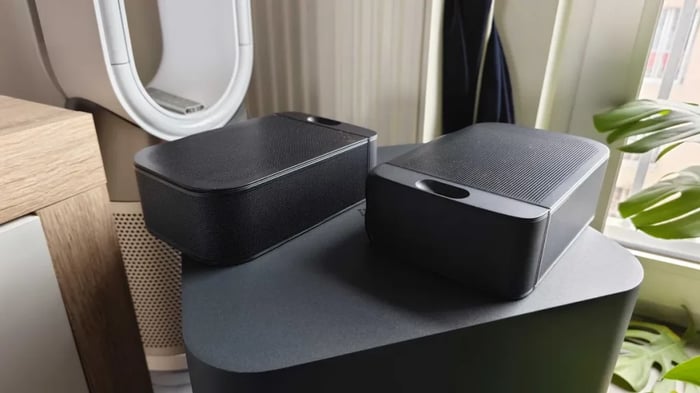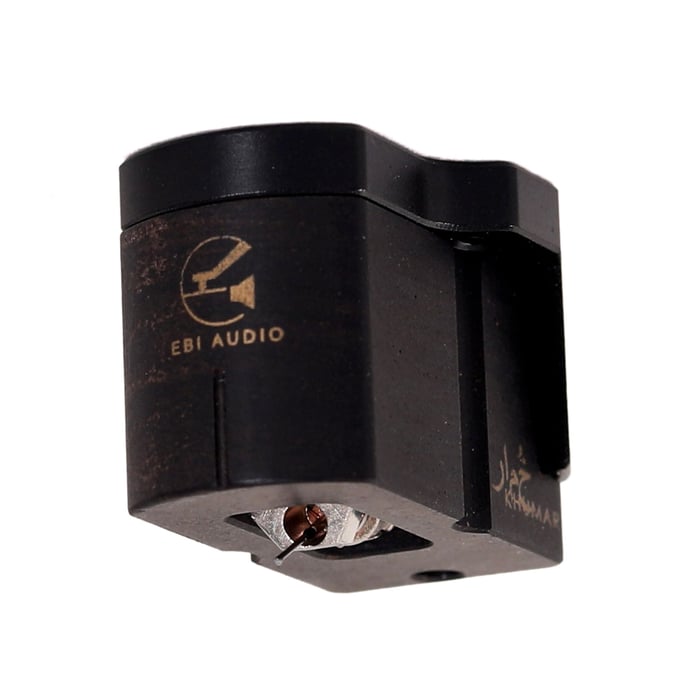
EBI Khumar Phono Cartridge Review: A Game-Changer in Moving-Coil Sound
EBI Khumar Phono Cartridge Review: A Game-Changer in Moving-Coil Sound
Experience the captivating sound of the EBI Khumar phono cartridge, a handcrafted marvel redefining moving-coil performance with exquisite detail and lively dynamics.
A Hidden Gem Emerges: Meet EBI Khumar
If you're deep into vinyl and audiophile gear, the name Tariq Shafeeque might be new to you. I hadn’t heard of him either until recently, but after diving into his work, I can confidently say his creation—the EBI Khumar phono cartridge—is something special. Shafeeque, founder and chief design manager of EBI Audio, an Indian company nestled in Uttar Pradesh, has been quietly crafting an engineering marvel for over a decade. What began as a passion for record collecting and tweaking turntables blossomed into designing his own high-end cartridges.
EBI stands for “Engineering Beyond Imagination,” and the Khumar phono cartridge lives up to that promise. Handmade in EBI’s factory, this low-output moving-coil cartridge blends precision engineering with artisanal woodcraft, delivering sound that’s as rich and complex as its origins.
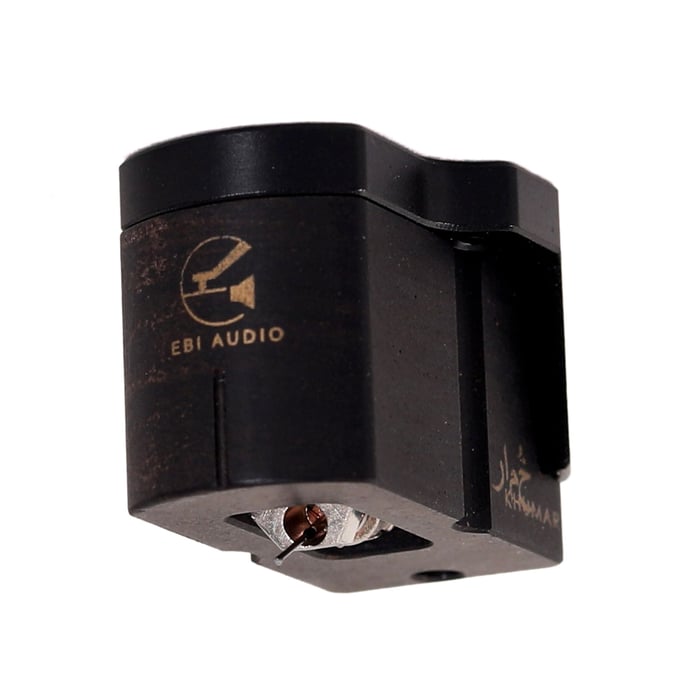
EBI Khumar phono cartridge with an elegant ebony-wood body.
Inside the Khumar: Craftsmanship Meets Cutting-Edge Tech
Let’s talk specs because they matter when we’re dealing with such a serious piece of analog gear. The Khumar boasts a Nude Shibata III stylus from Japan paired with a 0.28mm boron cantilever, sourced from Orbray (formerly Namiki). The magnetic circuit is a sophisticated blend of soft-iron and neodymium magnets—showing the kind of attention to detail that makes a difference in sound quality.
Here’s what really impressed me: a low 2-ohm output impedance and a hefty output of 0.3mV at 1 kHz/5cm/s. That means it’s easier to drive than many other moving-coils, compatible with most modern high-end phonostages without fuss. Channel separation clocks in above 32dB, ensuring a clean, precise stereo image.
And the body? Crafted from dense ebony wood, prized for its beauty and resonance-damping qualities—materials typically reserved for high-end string instruments. It’s a feast for the eyes and ears.
Moving Coil vs Moving Magnet: The Eternal Audiophile Duel
For those who have lived in the vinyl world as I have, the debate between moving-coil (MC) and moving-magnet (MM) cartridges is almost a rite of passage. MCs have always been the rock stars—the speed demons delivering sparkling treble and intricate detail, but requiring a delicate touch and a beefy phonostage investment.
MMs, on the other hand, tend to be more forgiving and budget-friendly, with a warmer, rounder sound that covers up some of the more granular details. I was firmly in the MM camp myself, drawn to their ease and my fondness for midrange warmth. My trusty Clearaudio Charisma V2 ebony moving magnet phono cartridge has been my go-to for quite a while.
But the Khumar challenged all that.
Setting Up the Khumar: Straightforward with a Minor Quirk
Installing the Khumar was surprisingly simple—though the stylus guard did slip off a few times during setup, causing a few heart-stopping moments. Thankfully, no harm done, and I suspect this was a minor production hiccup.
Tracking force was set to 1.9g as recommended, verified with an Ortofon gauge, and the vertical tracking angle (VTA) was adjusted so the tonearm was just shy of parallel to the platter. I paired it with my Parasound JC3+ phonostage, toggling to low-output MC mode and setting the load to 100 ohms.
After the initial 24-hour break-in, the Khumar began to reveal its true colors—smoother and more expressive with every spin.
A Sonic Journey: Lively, Articulate, and Full of Presence
Switching from MM to MC used to be a jarring experience, like stepping from a cozy jazz club into a bustling rock concert. But modern engineering has closed that gap, and the Khumar is proof. From the first notes, it felt alive and buoyant, with a presence that refused to hide in the mix.
There was no hint of a recessed midrange or shrill treble—both deal-breakers for me. In fact, the Khumar handled Malcolm Arnold’s Sussex Overture with aplomb. This track is a wild orchestral ride packed with brass blasts, wind flourishes, and percussion punctuations. Many cartridges struggle to keep everything clear, but the Khumar gave instruments room to breathe, painting a vivid, layered soundstage that felt vast yet intimate.
Percussion lovers, take note: Beethoven’s Ninth scherzo and Berlioz’s “March to the Scaffold” wind chimes came through with chilling realism. It was enough to make me forget I was listening through speakers and not live at the concert hall.
Bass That Packs a Punch and Timbral Purity
If you’re worried that a moving-coil cartridge might skimp on the low end, fear not. The Khumar delivered deep, tightly controlled bass, defining the rumbling finale of Peter Gabriel’s “Don’t Give Up” with pitch-perfect accuracy and rich tonal color.
Rock vinyl wasn’t left behind either. Metallica’s “Nothing Else Matters” and The Police’s “Tea in the Sahara” were immersive, with air and impact that made me nod along with the groove.
One standout moment was Itzhak Perlman tearing through the Bruch Violin Concerto No. 1. Despite this recording’s age, the Khumar captured every emotive nuance and vibrant vibrato. Comparing it to 16-bit and 24-bit streaming versions highlighted vinyl’s enduring magic—particularly when the playback gear is up to snuff.
Intimate Jazz and Mono Magic
A highlight of my listening sessions was Bill Henderson’s Live at the Times (Jazz Planet 45RPM), a recording that’s a masterclass in detail and atmosphere. The Khumar brought that smoky jazz club vibe to life, capturing Henderson’s vocal nuances, breaths, and subtle mic technique with uncanny intimacy.
Mono recordings also showed the Khumar’s strengths. Bob Dylan’s Another Side of Bob Dylan (Sundazed remaster) and The Beatles’ “Day Tripper” demonstrated how mono can create tightly focused, telescoping images that still feel natural and immersive. The cartridge’s ability to render the purity and immediacy of these early mixes was nothing short of impressive.
Final Thoughts: A Moving-Coil Contender Worth Your Attention
The Khumar doesn’t just hold its own against my trusty Clearaudio; in many ways, it surpasses it. While it might not deliver the darker, heavier midrange body of some pricier MCs or perfectly nail the biggest dynamic swings, it largely rewrites the script on what a mid-tier MC cartridge can do.
The old-school divide between MM and MC is fading fast, and the Khumar is a shining example of this new era. It invites vinyl lovers—whether long-time MC loyalists or MM fans like me—to explore new sonic territories without breaking the bank.
And I’ll admit something: despite my love for streaming, receiving the Khumar reminded me why vinyl will always have a special place in my heart. That analog thrill? It’s alive and well here.
Khumar means “crazy” in Hindi, and after hearing it, I understand perfectly. It’s crazy good—and you’d be nuts to miss out if you get the chance to hear it.
Specs & Pricing
- Type: Stereo moving coil
- Stylus: Nude Shibata III from Japan
- Cantilever: 0.28mm boron
- Coil wire: OCC
- Output level: 0.3mV (1kHz, 5cm/s)
- Frequency response: 20–20kHz ±1dB
- Channel separation: >32dB
- Recommended tracking force: 1.9g (range: 1.7–2.3g)
- Weight: 8.8g
- Price: $2,599
FAQ
- What makes the EBI Khumar different from other moving-coil cartridges?
It offers a high output of 0.3mV and low impedance, making it easier to drive with most phonostages without sacrificing detail or dynamics. - Is the Khumar suitable for beginners or only seasoned audiophiles?
While it’s designed for discerning listeners, its straightforward setup and compatibility with many phonostages make it accessible to serious enthusiasts at various skill levels. - How does the ebony wood body affect the sound?
Ebony reduces resonance and adds a natural damping effect, contributing to a clearer, more refined soundstage with less coloration. - Does the Khumar perform well on different music genres?
Absolutely. It handles orchestral, jazz, rock, and mono recordings with precision, bringing out subtle details across the board. - Do I need special equipment to pair with the Khumar?
A quality low-noise phonostage that supports low-output MC cartridges is recommended to fully appreciate its capabilities.
Reignite your love for vinyl with the EBI Khumar’s brilliant sound. Want to bring that passion home? Shop your favorite album cover poster at our store and let the music and art inspire you. Explore now.
 | DISCOUNTGET 30% OFF*Use code on your next order:
|
* This post may contain affiliate links, meaning we earn a commission if you make a purchase through these links, at no additional cost to you.




